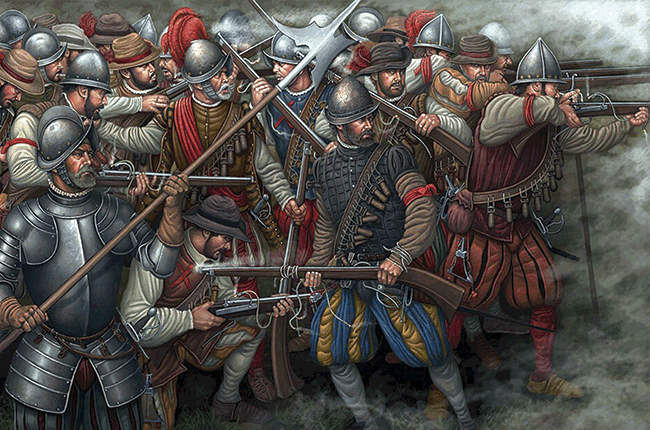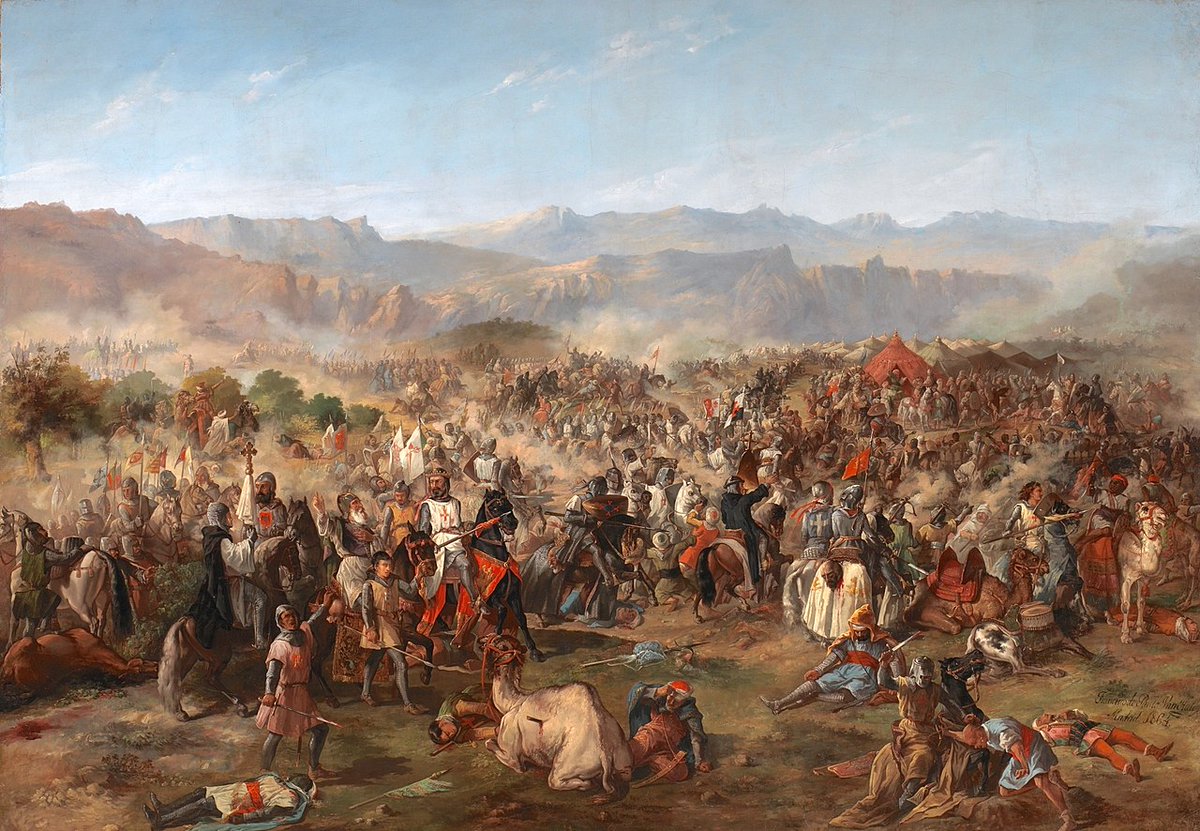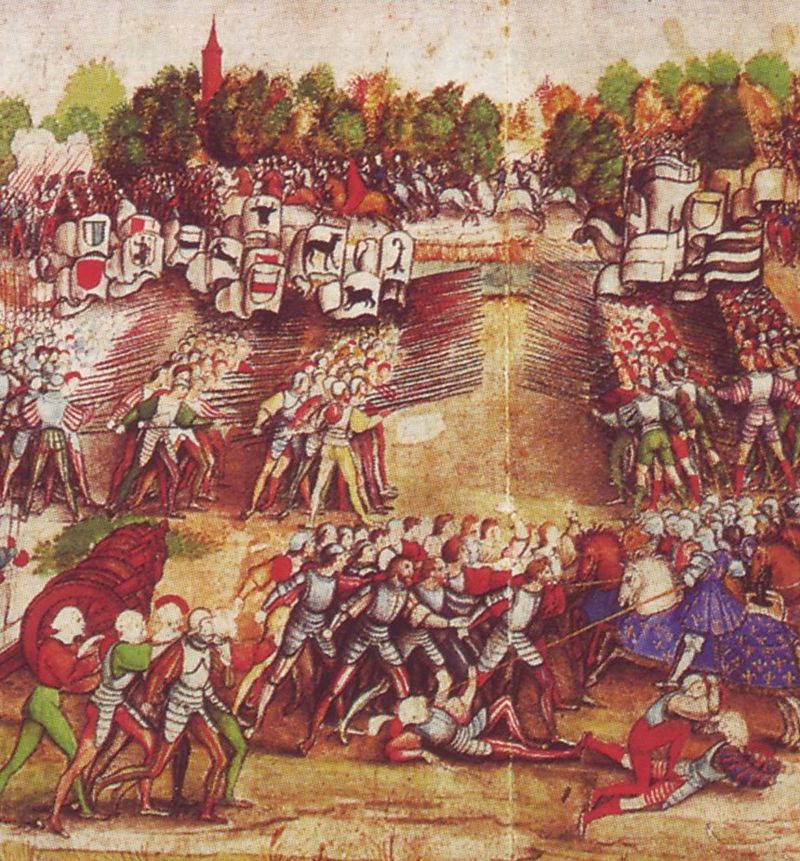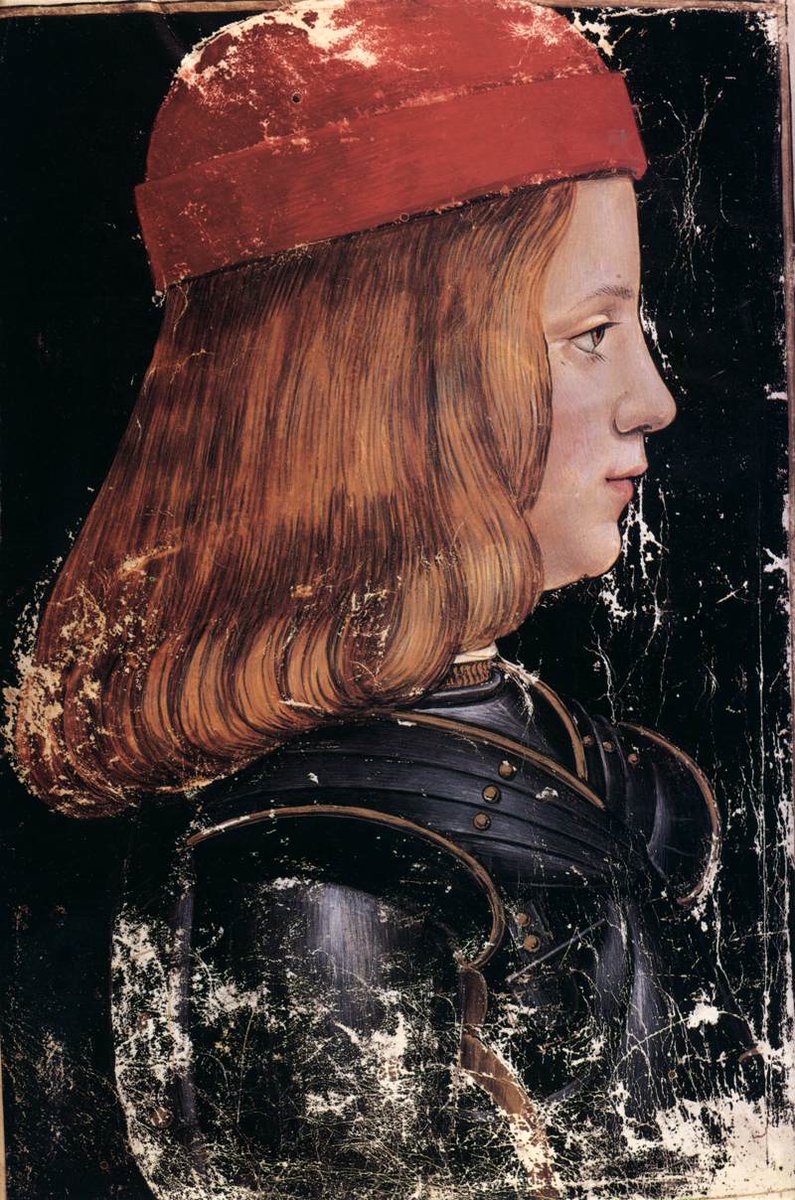
Today 22 July is the anniversary of the final battle of the 1456 siege of Belgrade where John Hunyadi and his crusader Christian force defeated the Mohammedan Ottomans and stopped the Ottoman expansion into Europe for decades. One of the last real crusades in Europe! 
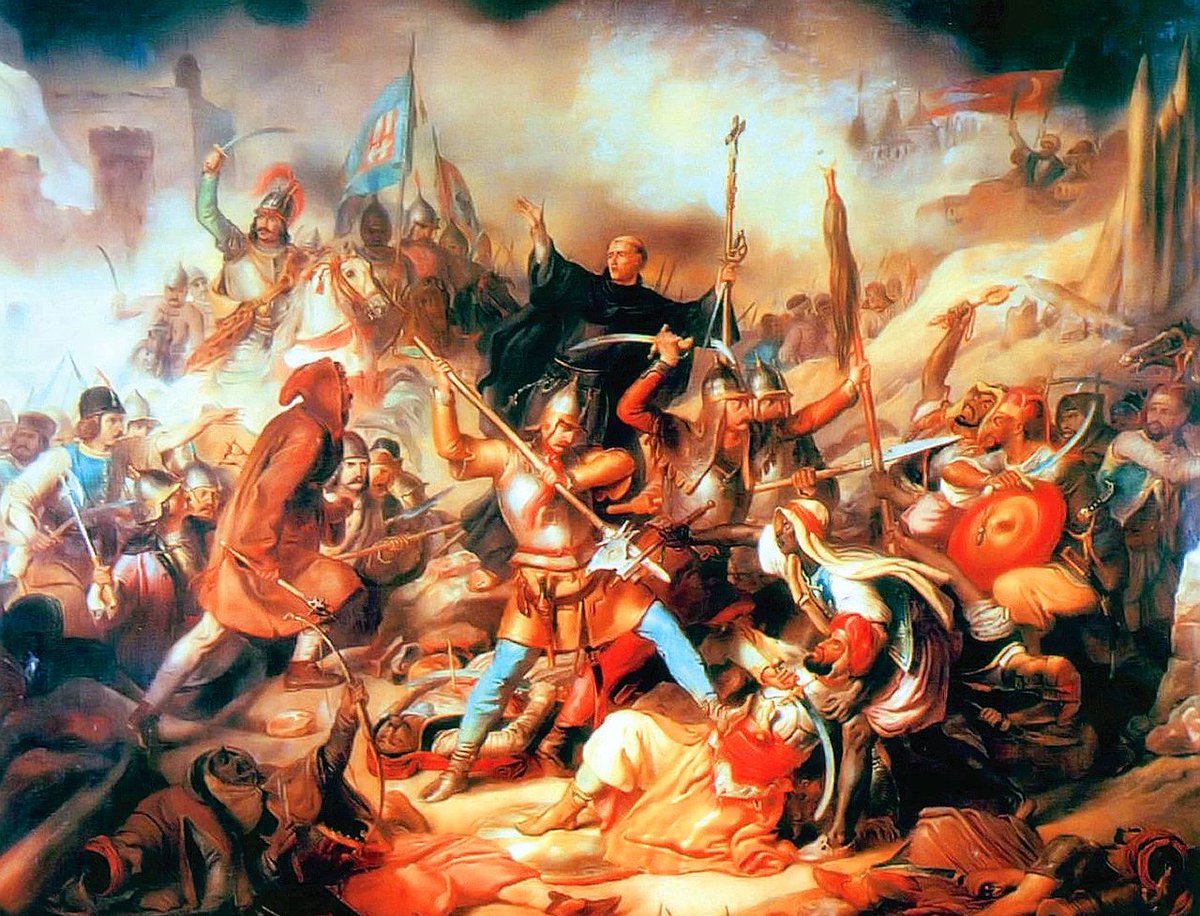
Ottoman sultan Mehmed II the Conquerer conquered Constantinople in 1453. He was determined to continue his expansion north further into the Balkans, targeting Serbian Despotate and Kingdom of Hungary. Mehmed's ambitions signaled the beginning of a new phase of Ottoman expansion. 




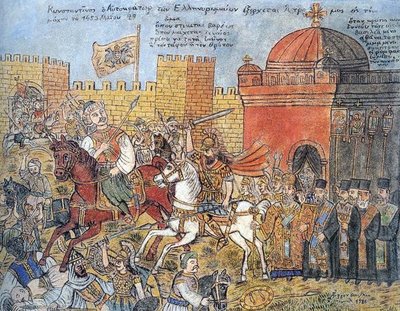
Kingdom of Hungary had fought with the Ottomans already, where one general in particular, John Hunyadi, made his name fighting the Turks all over the Balkans, achieving many notable victories and gaining fame all over Christendom. A veteran warrior, he was ready for another war. 


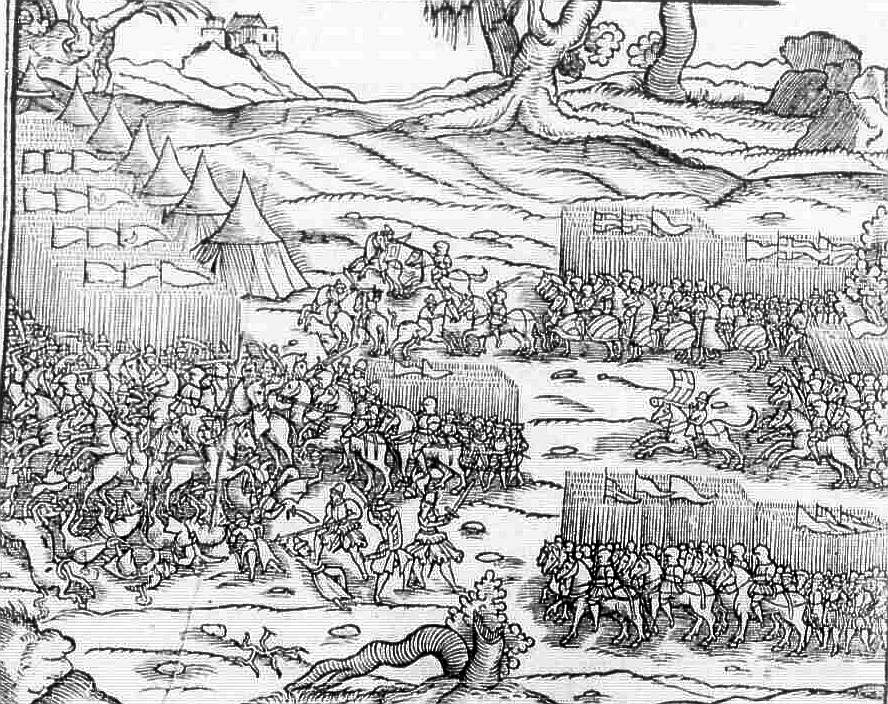
Entire Europe was expecting war with the Ottoman empire. In 1453, immediately after the fall of Constantinople, Pope Nicholas V proclaimed a crusade. Kingdom of Hungary also started preparing its army. In 1454 Mehmed invaded Serbia and laid siege to Smederevo, declaring open war. 



Hunyadi managed to gather a large army which forced Mehmed to lift siege and retreat, his army pillaging Serbia while avoiding confrontation. Mehmed went to Constantinople to gather a larger army to deal with Hunyadi. Meanwhile the new pope Calixtus III called for a crusade. 

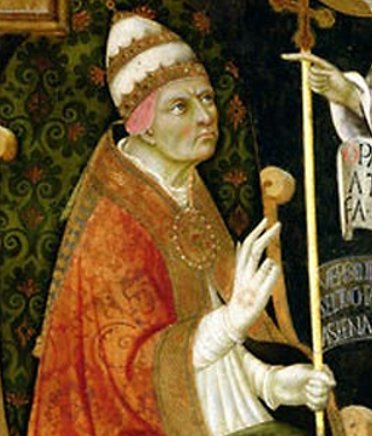

The Pope sent Giovanni da Capestrano, 70-year-old Franciscan friar who was a very inspiring preacher to help preach crusade and astonishingly, Capestrano managed to rally a huge force of mostly peasants and ordinary people to join the crusade, using simple and improvised weapons. 



While the crusaders marched, the Turkish sultan already began the siege of Belgrade on 4 July with an army of around 70000 men. Belgrade was a very well fortified city at the time. A city of Serbian Despotate, it was also important for Hungary as it protected its southern borders 



The core of Hunyadi's army were mercenaries and knights, but they were in small numbers as most of the army were badly equipped peasants recruited by Capestrano's enthusiastic calls for crusade. Nevertheless, the crusader force was well motivated and eager to fight! 

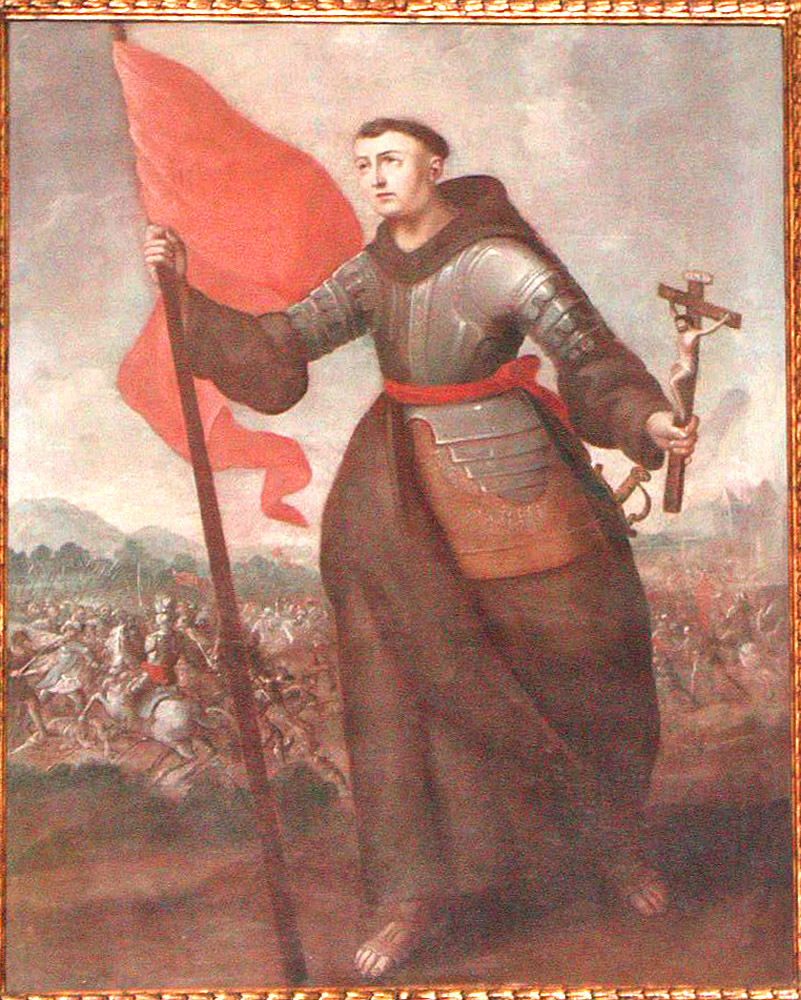

There were only 7000 men defending Belgrade and it was obvious they would not be able to hold out for long so time was crucial. Hunyadi acted quick and approached the city by the river Danube with his fleet, surprising the enemy Ottoman fleet and breaking the blockade. 



Hunyadi arrived in the city bringing food and reinforcements. The sultan Mehmed II was still persistent to take over the city and heavy Ottoman bombardment breached the city walls in several places. On 21 July, the sultan ordered a full assault led by his elite Janissaries. 

Hunyadi organized the defense of the city well, and managed to separate the janissaries from the rest of the Ottoman army, by deliberately igniting fire in specific places, trapping them inside the city where they were killed surrounded by Christian forces from all sides. 

The rest of the Ottoman army was routed back to their camp, but was not beaten yet. The battle on the next day 22 July started spontaneously as the undisciplined peasant crusader troops ignored Hunyadi's orders to stay inside the city and went outside to loot the Turkish camp. 

Seeing this, the sultan ordered his heavy cavalry to disperse these troops, but their charge failed due to tents blocking them and fierce fighting ensued. Seeing this, Hunyadi had no choice but to lead the rest of his army into battle and charged at Ottoman positions. 

Capistrano was also unable to control his crusader recruits and had no choice to lead them to battle as well. Despite the chaos, he made a wise choice to lead the peasant crusaders to the rear across the Sava river to flank the Ottoman army while Hunyadi faced it upfront. 



Because of this chaotic and unexpected turn of events, panic started in Turkish camp. Sultan Mehmed stood firm and tried to stop the panic with his elite bodyguard urging his men to fight back. Sultan himself fought in the battle that followed but was heavily wounded. 



The Ottoman army had no choice but to retreat to prevent further losses. They lost around 25000 men and their artillery and sultan was furious. Despite his anger, Mehmed made a calm decision to not pursue invasions into Hungary again and focused on consolidating Ottoman power. 

The Hungarians also were not able to follow up on their victory as their camp was struck by plague and John Hunyadi himself died the next year. However his son Matthias Corvinus would become a powerful king of Hungary and ensured Hungary would have a strong mercenary army. 



This victory was greatly celebrated all over Europe, bells were rung in honor of Hunyadi and his men as far away as England and Spain. Giovanni da Capistrano would later be canonized as a Catholic saint, and is now remembered as the Soldier Saint. 



P.S.: I made a small mistake, Belgrade was not part of Despotate of Serbia during this siege anymore, it was handed to king of Hungary in 1427 by Đurađ Branković, and Smederove became the new capital of Serbian Despotate.
• • •
Missing some Tweet in this thread? You can try to
force a refresh









